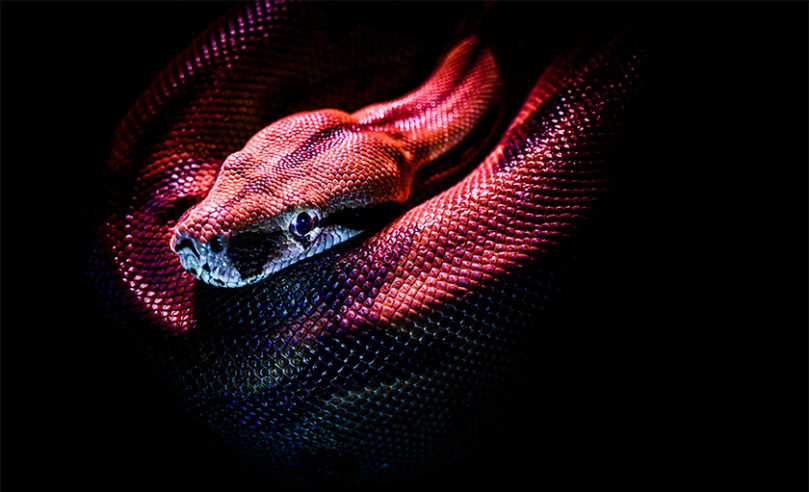
We Asked R. R. Virdi, Is a Snake a Dragon?
On this final day of Dragon Week 4: Dragons 4Ever, we’re closing our week of all things dragon out with a critical question: Is a snake a dragon? R.R. Virdi, author of The First Binding, has joined us to answer this incredibly important question. Check out his response here!
